General Landscape Uses: Accent or specimen shrub or small tree along the coast. Buffer plantings.
Ecological Restoration Notes: A common element of coastal thickets in the Florida Keys and along the east coast. Rarer in Collier and Lee counties.
Description: Large shrub or small tree with an irregular crown. Trunks short, from which arise many branches. Bark gray with shallow fissures. Leaves compound, the leaflets about 2 inches long.
Dimensions: Typically 8-15 feet in height; to 19 feet in South Florida. Often much broader than tall.
Growth Rate: Moderate.
Range: Monroe County Keys north along the coasts to Martin and Lee counties; Bahamas, Cuba, Mexico and Central America. Rare and scattered in Collier and Lee counties where cat’s-claw (P. unguis-cati) is more common.
Habitats: Coastal hammocks.
Soils: Moist, well-drained sandy or limestone soils, with humusy top layer.
Nutritional Requirements: Moderate; can grow in nutrient poor soils, but needs some organic content to thrive.
Salt Water Tolerance: Moderately low; does not tolerate long-term flooding by salt or brackish water, but tolerates short term inunation by salt water from storm surge with minimal damage.
Salt Wind Tolerance: Secondary line; tolerates significant salt wind without injury, but usually is somewhat protected.
Drought Tolerance: High; does not require any supplemental water once established.
Light Requirements: Full sun.
Flower Color: White to deep pink.
Flower Characteristics: Semi-showy globose heads. Fragrant.
Flowering Season: All year; peak spring-summer.
Fruit: Reddish-brown coiled pod (legume) splitting open to expose black seeds with a red aril.
Wildlife and Ecology: Provides food and cover for wildlife. Larval host plant for cassius blue (Leptotes cassius theonus), large orange sulphur (Phoebis agarithe), and Miami blue (Cyclargus thomasi bethunebakeri) butterflies. Nectar plant for cassius blue, Florida duskywing (Ephyriades brunneus), Florida white (Appias drusilla), giant swallowtail (Papilio cresphontes), great southern white (Ascia monuste), hammock skipper (Polygonus leo), large orange sulphur, mangrove skipper (Phocides pigmalion), Miami blue, Palatka skipper (Euphyes pilatka), southern broken-dash (Wallengrenia otho), three-spotted skipper (Cymaenes tripunctus), twin-spot skipper (Oligorio maculata) and other butterflies. Birds eat the bightly-colored arils.
Horticultural Notes: Can be grown from seed removed from the aril. Place seed on top of soil and just cover. Place container in light shade.
Comments: Plants in the Florida Keys typically have pink flowers, while those on the mainland are white. It is listed as threatened by the state of Florida.

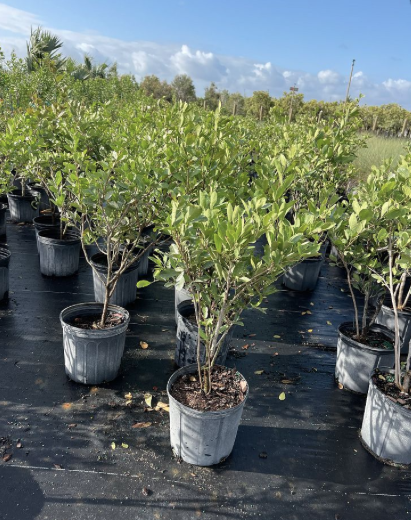
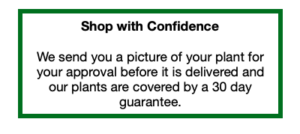
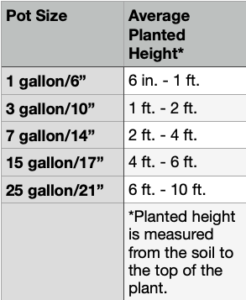
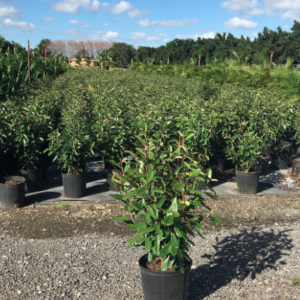
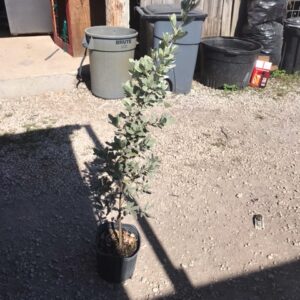
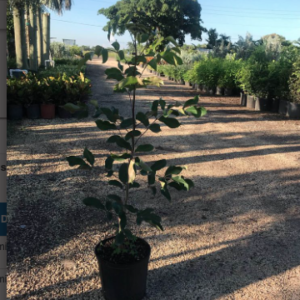
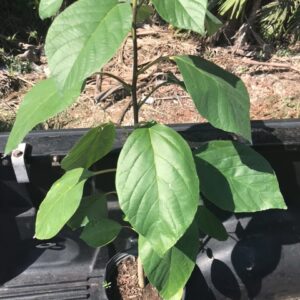
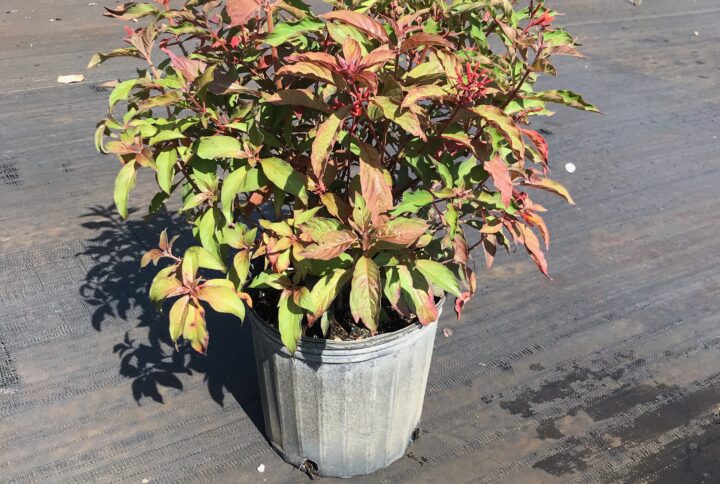
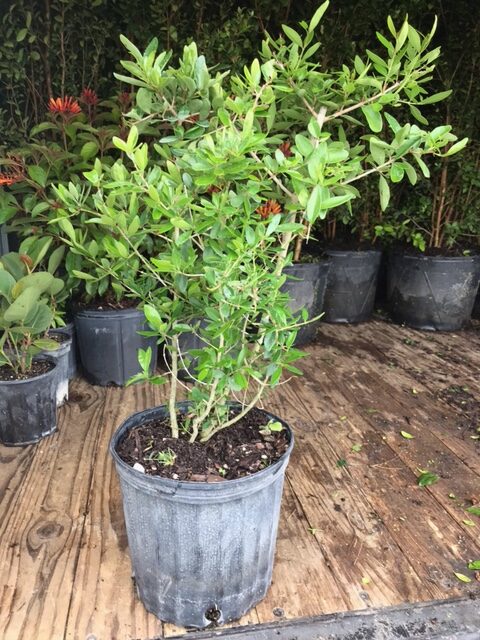
Daniel –
A fun native plant.
Ginger A. –
This plant is attracting a lot of butterflies.
Patrick (verified owner) –
Healthy plant, looks great in my yard.